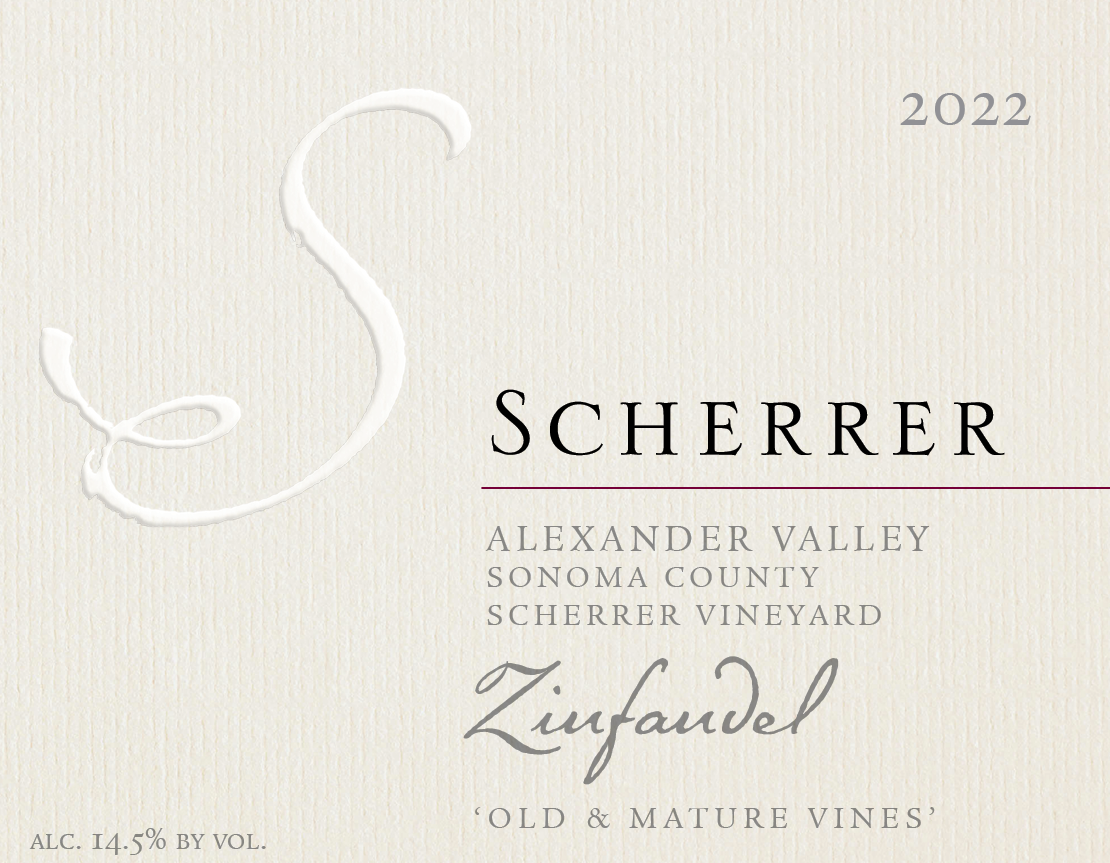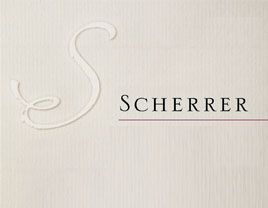Winemaker's Notes
I usually prefer the later vintages because they usually have more moderate temperatures during the final stages of ripening and harvest. However sometimes, the earlier ones can be beneficial to miss a heat spell as well. In 2022, our Zinfandel (and nearly all the Pinot Noir) was just arriving at the ‘sweet spot’ before Labor Day. So, we harvested ahead of the forecasted heat wave, preferring not to subject the grapes to the dehydration challenges due to their vascular connections naturally breaking down at that stage as they are unable to rehydrate the berries as fast as ‘the tide flows out’ of them. What we did not know was how extreme and long that heat wave would end up being until it was already upon us. Fortunately, as a result of getting our grapes in before the heat, our wines have their typical nerve and verve.
This brings up the interesting subject of ‘optimal harvest window.’. Regarding harvest timing, under most harvest weather conditions, there is usually a window of several days (not just several hours) where one will get about the same kind of wine style. Over the past 15 or so years I have been leaning in on the early side of that window a bit more and more. Sometimes, on harvest day, I recall wondering if I hadn’t gone just a bit too early while destemming the fruit. However, as fermentation and extraction proceeded, revealing more of the true character of the grapes, I would grow more comfortable with my choice of harvest date. Then as the wines settled into barrel during their first year, I would find myself quite satisfied that the harvest date was just about right. Then after bottling, as they grew into their first 5-15 years after the vintage, I would continue to grow even more certain it was the correct decision. So, this is not something that has come as an epiphany. It’s about experiencing the entire ebb and flow of the plant and wine system over many vintages.
With fresh grapes, the difficult part in deciding to pick is to find the point where structure and generosity (angles and rounds) are in balance. Since you cannot ferment and extract the compounds of a sample rapidly enough to make a choice based on the result, one has to taste/chew (gently) the freshly harvested grape sample to get a sense of the balance and imagine how it will play out as these things combine during aging. There are some clues: Looking at the way the vines present themselves as the season progresses is a large database of observation to assess the state of the plant and the likely composition that the wine will have in the end. There’s a parallel balance between fruit and non-fruit facets and ripeness choice that I can and do go on for hours about (maybe at another time). Too far in either direction gives a less interesting result, in my opinion.
For this wine, there is a bit of blueberry, red raspberry, freshly picked wild blackberry are accompanied by some acoustic guitar notes of rosewood and graphite on the nose (it reminds me of the nose when using a pencil to shave off bits of graphite into the grooves of the ‘nut’ when replacing Martin D-28 guitar strings to help lubricate their movement for fine tuning each string and rosewood from the guitar body). The mouth is inviting, both fruity (with red fruits initially and plenty of darker fruit notes showing up in the middle palate) then leaning a bit savory with a juicy, salivating finish. It is set up in the style of the past decades of our OMV Zinfandels. I am delighted at how this wine continues the stylistic trajectory we have been on.




Judi Scherrer –
Vinous – July 2024
The 2022 Zinfandel Old & Mature Vines Scherrer Vineyard is a very nicely done, challenging vintage and all. Sweet red cherry, red plum, kirsch, ceder and sweet pipe tobacco show all the raciness of this warm, dry year, and yet all the elements are nicely balanced. Silky, plush tannins frame it all effortlessly. – Antonio Galloni
92 Points